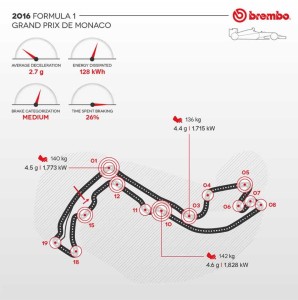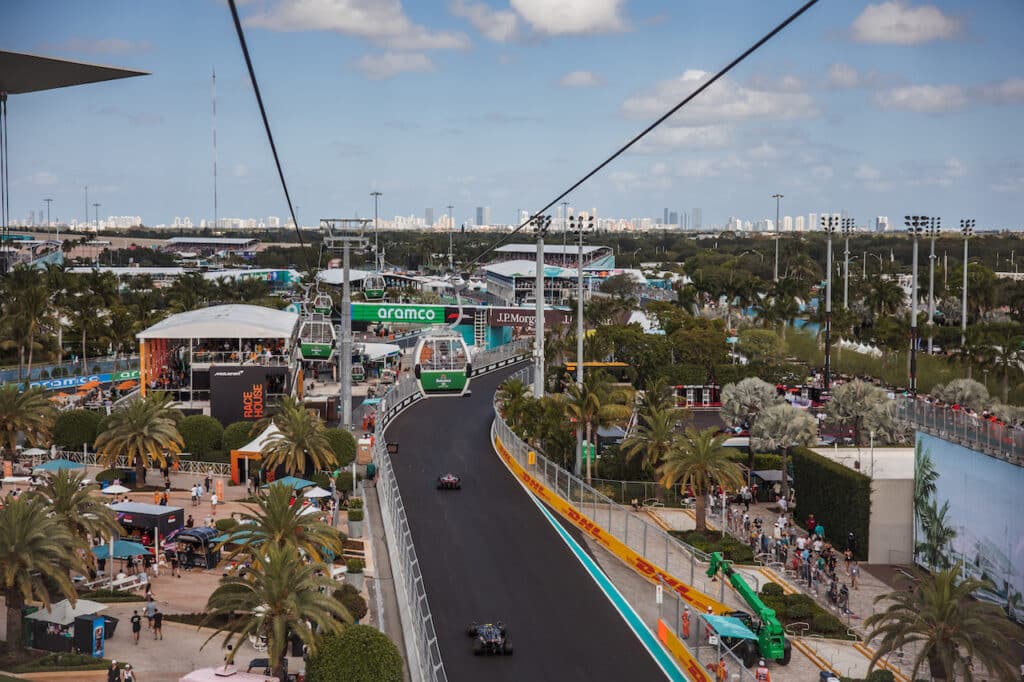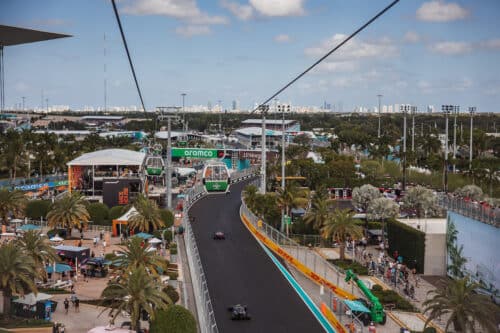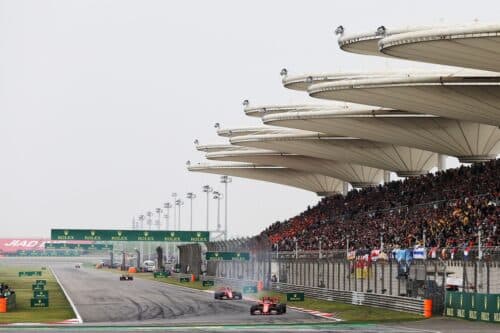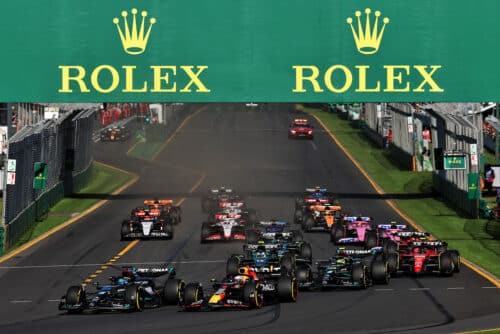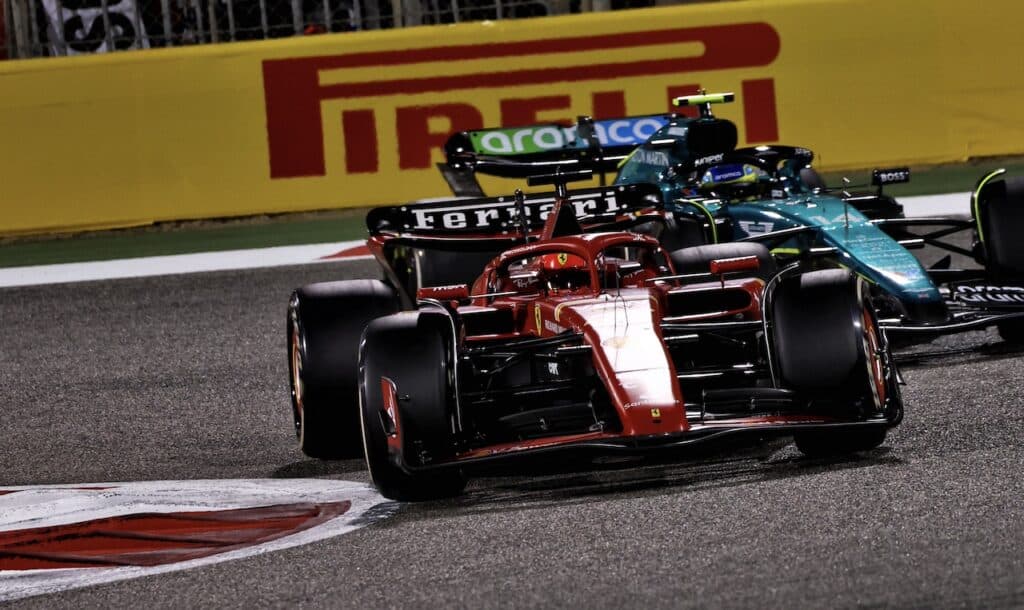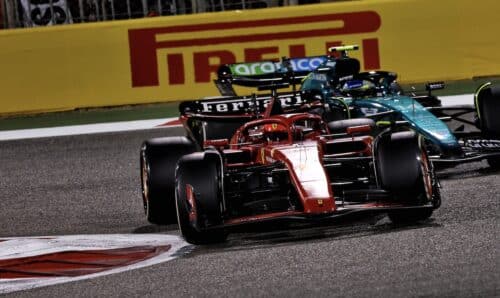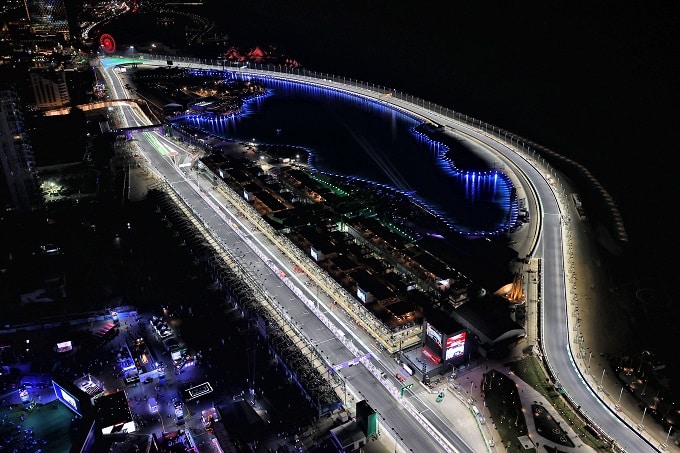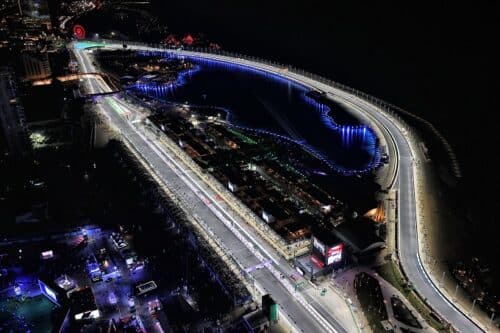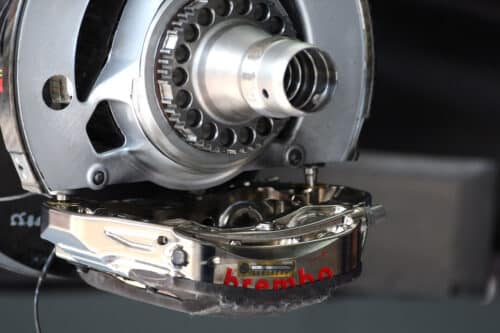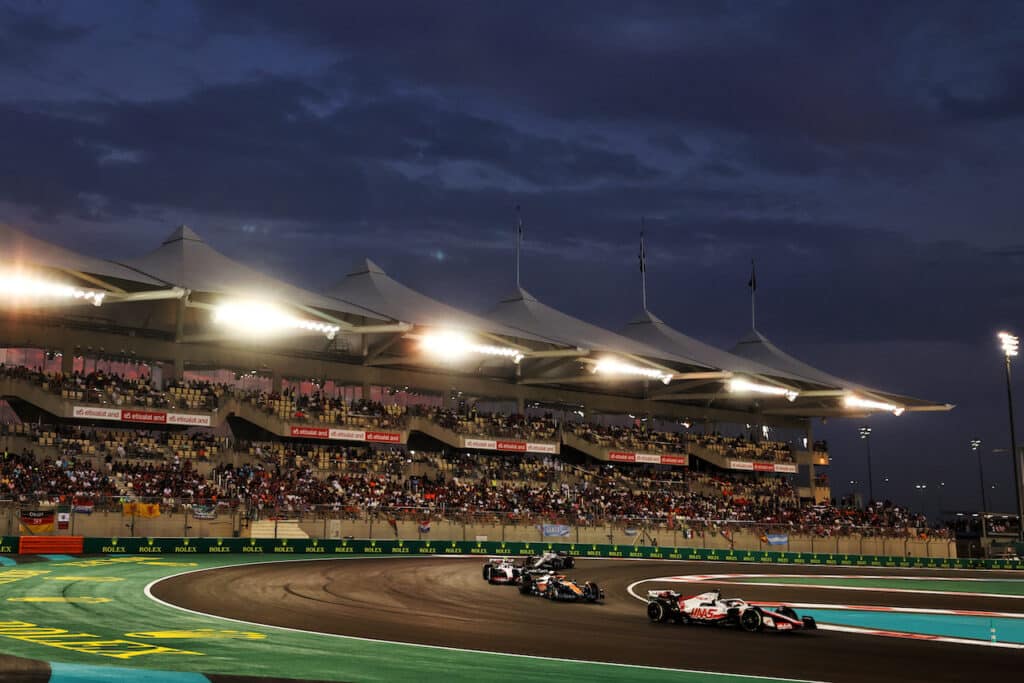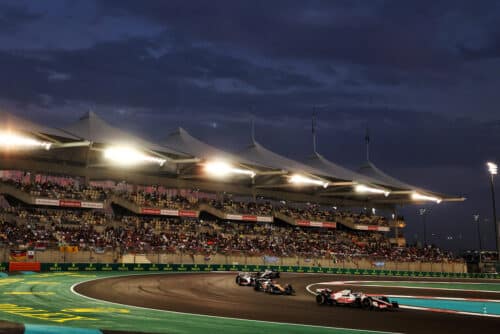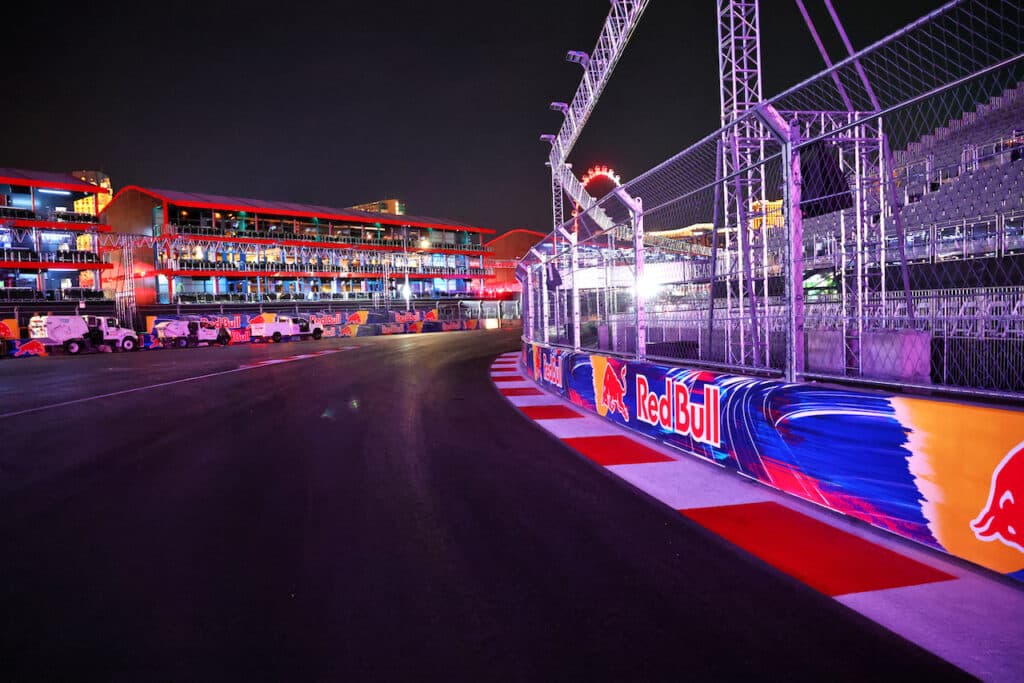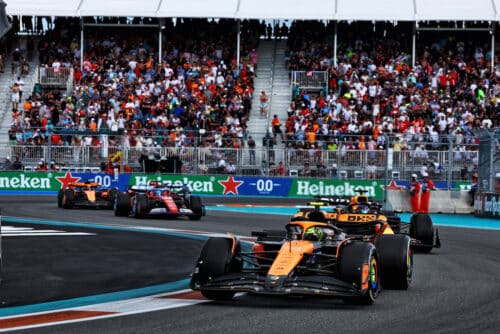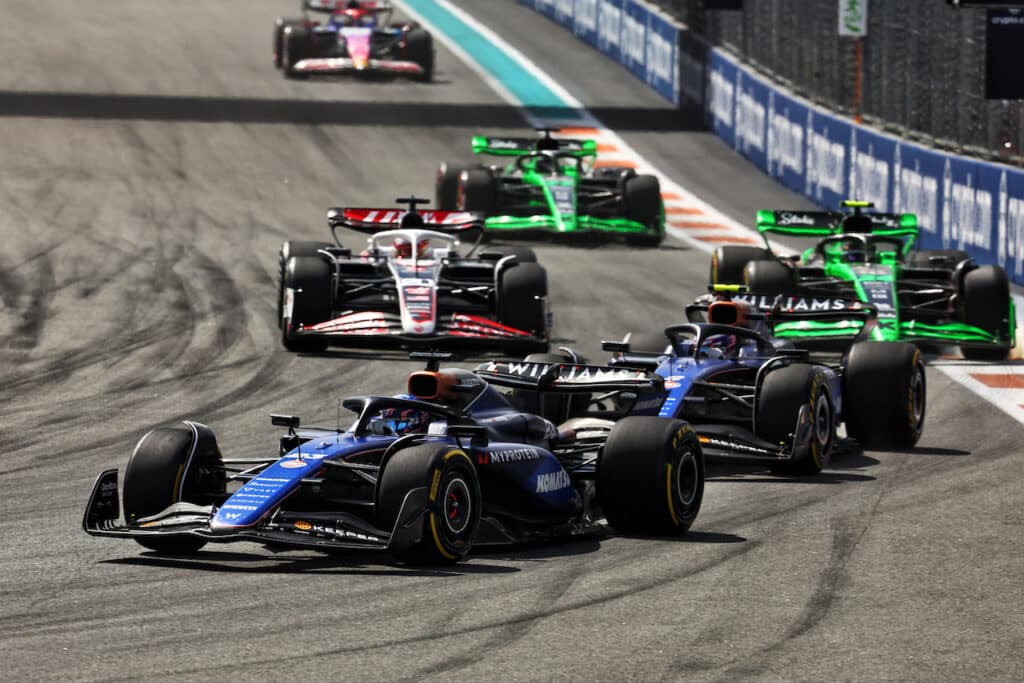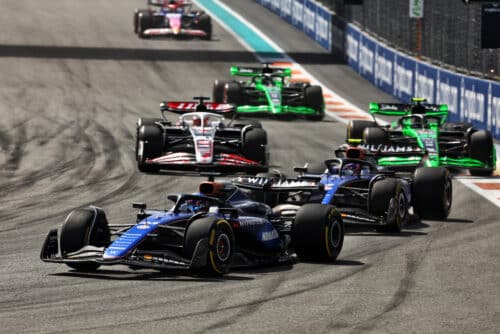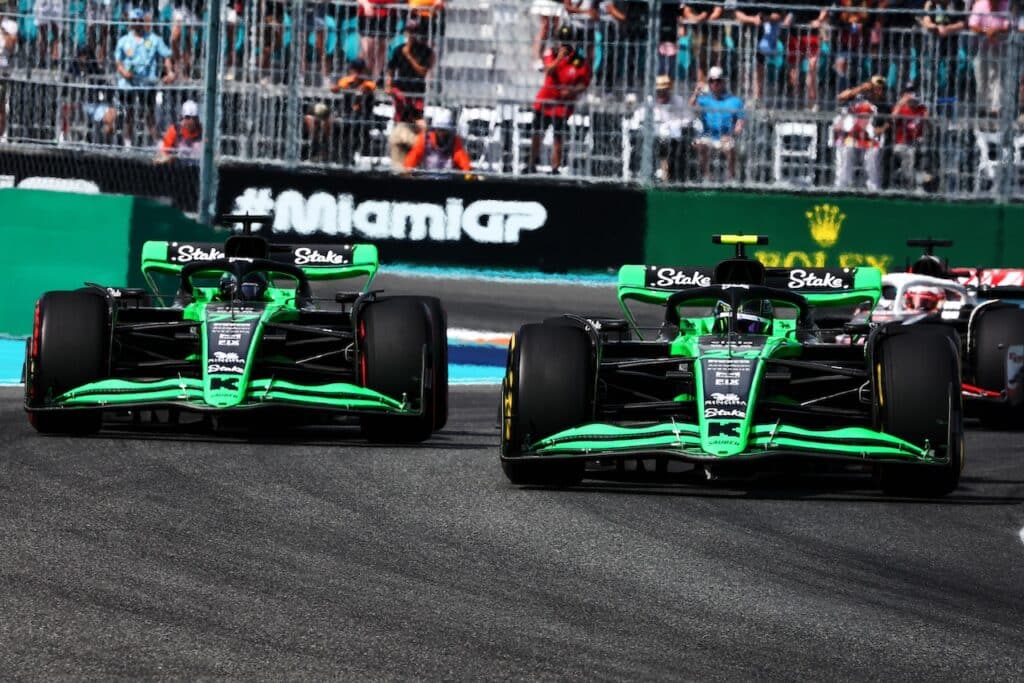Formula 1: the use of the brakes during the 2016 Monaco GP
Monaco considered to be a demanding track on the brakes
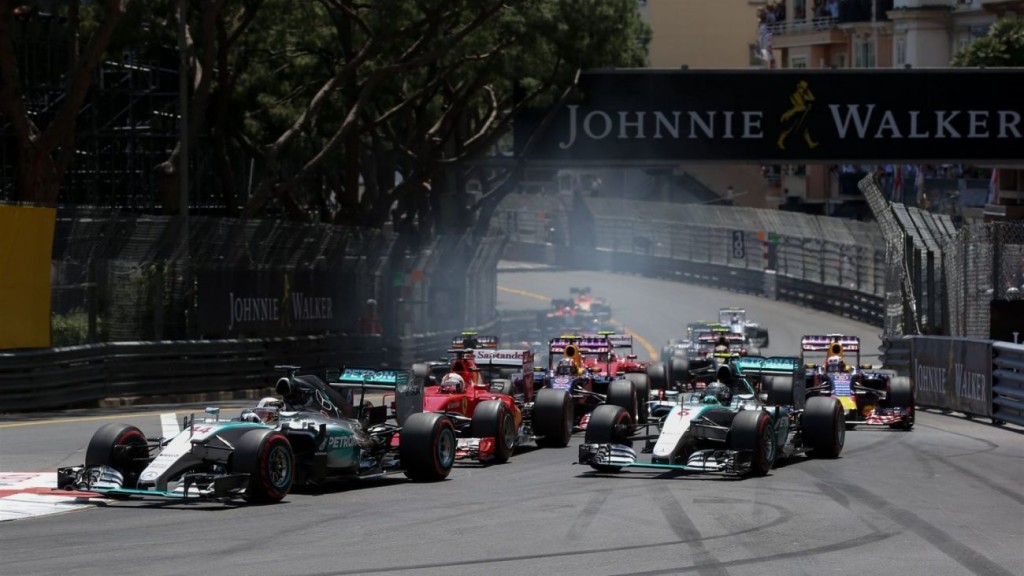
From 26 to 29 May, the Monaco street circuit will host the 6th round of the 2016 Formula 1 World Championship. The historic track that winds through the streets of the Principality of Monaco is one of the magnificent 4 used in the first edition of the Formula 1 World Championship .1950, in 2015, and still in use today. Over the years it has undergone small modifications, until the last one in 3.337 at the Tabaccaio, which increased its length to XNUMX metres. A decidedly low value, as it is almost a kilometer shorter than the second shortest track in the World Championship, that of Mexico City. The Monaco circuit creates several problems for the brakes of the single-seaters.
The tortuous track and the poor grip, in fact, often lead drivers to control the car with the aid of the brake, with negative effects on the temperature of the calipers and brake fluid. In the past, this event was often the scene of problems related to system overheating and vapor lock (a phenomenon whereby the brake fluid reaches boiling temperature inside the caliper), with lengthening of the pedal during braking, which often led to withdrawal if not the accident. In the 1990 Monaco GP Derek Warwick and Ivan Capelli were forced to retire due to brake problems, even though both did not have Brembo systems. In modern times, the work done by Brembo technicians on brake cooling has eliminated these problems, although it is still necessary to pay particular attention to managing temperatures during the race weekend.
According to Brembo technicians, who classified the 21 tracks of the World Championship using a scale of 1 to 10, the Circuit de Monaco falls into the category of circuits that are medium demanding on the brakes. The Monaco track earned a difficulty index of 7, identical to that obtained by the other city track in Melbourne. The extreme twistiness of the track translates into 13 braking stops every lap: the time spent braking by the single-seaters equipped with Brembo brakes is equal to 26% of the overall duration of the race, a record value for the entire World Championship. Precisely the presence of so many curves means that the average deceleration is only 2,7g, higher only than that of Mexico City. The energy dissipated during braking by each car during the entire GP is 128 kWh, i.e. the electrical energy consumed by approximately 80 citizens of the Principality of Monaco during the GP.
From the start to the checkered flag, each driver faces over a thousand braking applications, i.e. on average one every 6 seconds, exerting a total load on the pedal of 83 and a half tons, i.e. the total weight of 4 fully loaded 16-metre yachts moored to the quay. of Munich. Of the 8 braking sections on the Monaco circuit, 2 are classified by Brembo technicians as demanding on the brakes, 4 are of medium difficulty and 5 are light. The most challenging is the one after the tunnel (turn 10), known as the port chicane: the drivers reach 300 km/h, then slow down abruptly until they drop to 70 km/h in just 137 metres. To do this they apply a load of 142kg on the brake pedal and experience a deceleration of 4,6g. The braking at Sainte Devote (turn 1) is slightly slower: from 293 to 101 km/h in 118 metres, just over the length of the pitch where the Monaco football team plays.
Of the medium difficulty braking sections, the most significant is the one at Massenet (turn 3), because the single-seaters arrive there at 290 km/h and have to halve their speed to avoid hitting the barriers: the brakes are used for only 1,04 seconds, but the power exerted is 136 kg. By far, however, the shortest braking is when exiting the port chicane, because to stay on the track the drivers brake for 19 meters and with a load of only 42 kg.
if you want to always be updated on our news
Follow us here
